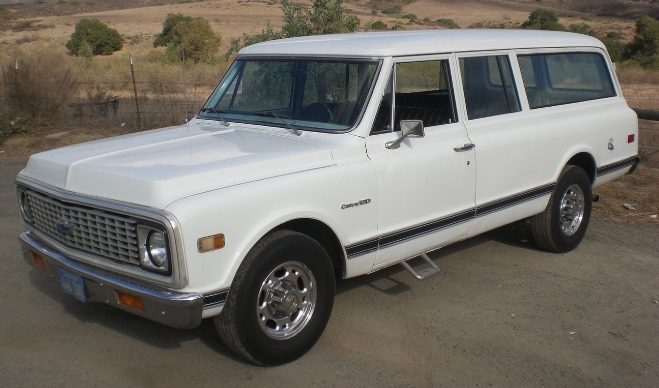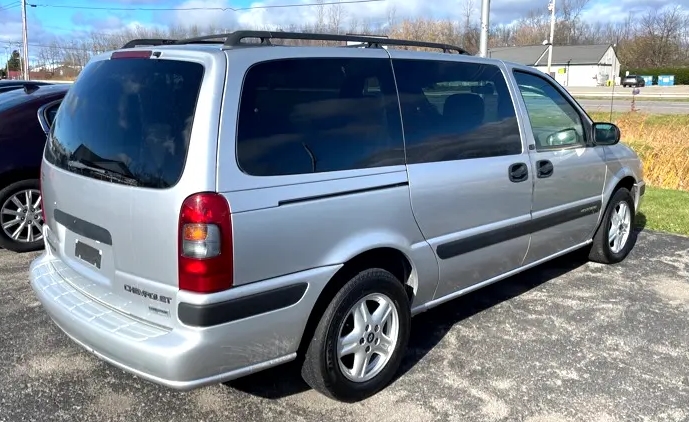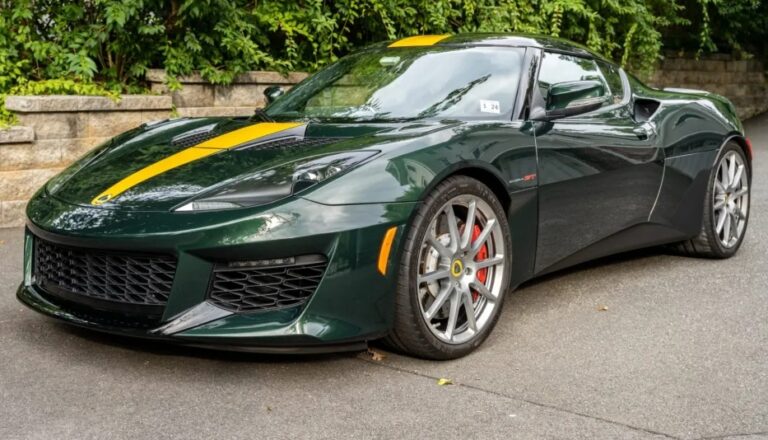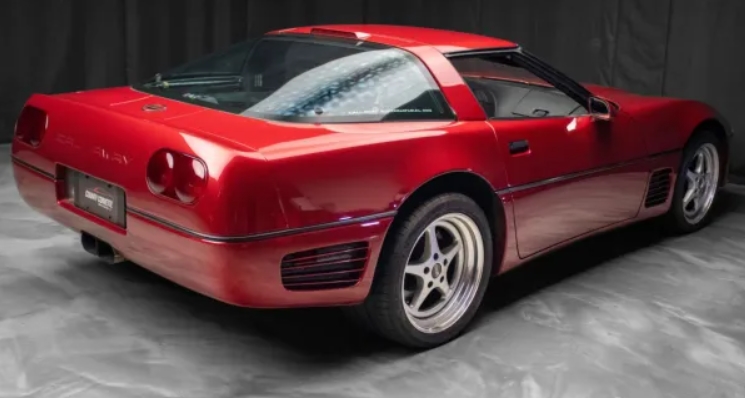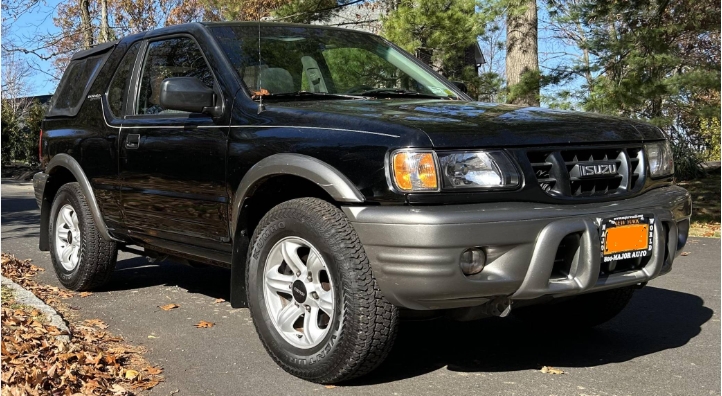The Evolution of the Chevrolet Suburban
The Chevrolet Suburban, a staple in American automotive history, is often heralded as the original SUV. Its versatility, durability, and extensive history make it a prominent figure in the evolution of family transport and utility vehicles. Spanning over 85 years of production, the Suburban’s design and technology have undergone significant changes while maintaining its core identity. This article explores the rich legacy of the Chevrolet Suburban, detailing its models, trim levels, and the transformations it has undergone from inception to the present day.
Origins and Early Years (1935-1940)
The Chevrolet Suburban was introduced in 1935, originally branded as the “Chevrolet Suburban Carryall.” It utilized the Chevrolet One-Ton truck chassis, combining the practicality of a truck with the comfort of a passenger vehicle. The first-generation Suburban was characterized by its all-steel body, a revolutionary design at the time, and featured a simple interior with a seating capacity that could accommodate up to eight passengers.
The initial model featured a two-door design and was offered in a single trim level that emphasized functionality rather than luxury. It was designed for both families looking for a spacious vehicle and businesses needing reliable transport.
Notable Features
- Year Produced: 1935-1940
- Body Style: Two-door
- Seating Capacity: Up to eight
- Chassis: Based on a One-Ton truck
Post-War Era and Growth (1941-1959)
With the end of World War II in 1945, America saw a significant boom in the automotive market. The Chevrolet Suburban continued to evolve during this period, adapting to changing consumer demands. The second generation, spanning from 1941 to 1959, featured a more rounded front end and a larger overall size. The introduction of the “Task Force” design brought about a more elegant and streamlined appearance.
In 1955, Chevrolet introduced the third-generation Suburban, contributing to its status as a family vehicle. This model had updated aesthetics, with a two-tone paint option and improved interior comfort. It was offered in two trim levels: the base model and the upgraded “Custom” version, which featured enhanced interior materials and additional conveniences.
Notable Features
- Year Produced: 1941-1959
- Body Style: Two-door and Four-door
- Trim Levels: Base and Custom
The Iconic Body Style Changes (1960-1991)
The 1960s were transformational for the Chevrolet Suburban. A complete redesign in 1960 introduced a new body style that persisted for decades. This generation, lasting until 1991, solidified the Suburban as the large SUV of choice for families and commercial use alike.
The interior went through significant updates, with improved seating and amenities. The option for four-wheel drive was introduced, boosting the vehicle’s utility for off-road and rural customers.
Notable Features
- Years Produced: 1960-1991
- Body Style: Four-door
- Trim Levels: Base, Custom, and later, the high-end “Silverado”
Modernization and Luxury (1992-2006)
The 1992 Suburban marked a major turn towards luxury. The fourth generation debuted with a sleeker look and more luxurious options, including a high-end LS trim and the plush LT trim introduced later in the production cycle. A plethora of safety features, improved sound insulation, and higher-quality materials inside the cabin made the Suburban appealing to a broader audience.
In the late 1990s and early 2000s, consumers regarded the Suburban as both a family car and a status symbol. The engine options expanded, including improvements in efficiency and performance with the introduction of Vortec engines.
Notable Features
- Years Produced: 1992-2006
- Body Style: Four-door
- Trim Levels: Base, LS, LT, and later Z71 Off-Road package
The Advent of Technology and Safety (2007-2014)
The fifth generation of the Chevrolet Suburban debuted in 2007. It showcased a new platform shared with the Chevrolet Tahoe and included sweeping changes in technology and safety features. The SS (Super Sport) trim level was briefly available, offering a performance-oriented option with a powerful engine and sport-tuned suspension.
Substantial advancements in fuel efficiency were introduced with the introduction of Active Fuel Management technology, which allowed the V8 engine to operate on fewer cylinders under light load conditions, significantly improving gas mileage.
Notable Features
- Years Produced: 2007-2014
- Body Style: Four-door
- Trim Levels: LS, LT, LTZ, and the SS
.
**********
Save on your car insurance today with DriveSafe Online!
**********
.
The Current Generation (2015-Present)
The sixth and current generation of the Chevrolet Suburban was released in 2015, reflecting the latest design language from Chevrolet. It brought an adaptable interior with more cargo space, significantly increased towing capacity, and new driver-assistance technologies.
In addition to the base trim, customers can choose from the LT and Premier trims, each offering increasingly luxurious features and high-end materials. The introduction of advanced connectivity features like Chevrolet’s MyLink infotainment system has set a new standard for the brand’s SUVs.
Notable Features
- Years Produced: 2015-present
- Body Style: Four-door
- Trim Levels: LS, LT, LTZ, and Premier
Suburban’s Cultural Legacy
With its robust history and multifunctional utility, the Chevrolet Suburban has deeply rooted itself in American culture. It has become a symbol of family life in suburban America, often appearing in films, television shows, and popular culture as the go-to vehicle for families.
In public service sectors, the Suburban is commonly used by law enforcement and government agencies, further solidifying its reputation as a capable and reliable vehicle.
Conclusion
The Chevrolet Suburban stands as a testament to the evolution of automotive design and consumer needs over the decades. From its humble beginnings as a simple carryall in the 1930s to its current status as a luxurious family SUV, the Suburban has continuously adapted to stay relevant. As it enters its next phase of development, one can only speculate how future enhancements will shape the next chapter in this storied lineage. The Suburban’s adaptability, core reliability, and expanding capabilities assure it a prominent place in the automotive landscape for years to come.
